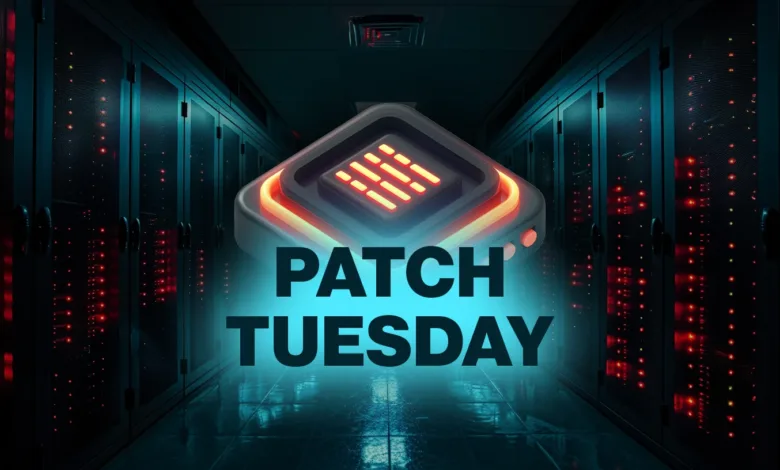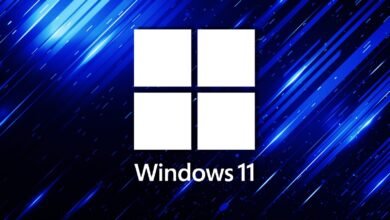October 2025 Patch Tuesday: Microsoft’s Decade-Long Era Ends

▼ Summary
– Multiple Microsoft products including Windows 10, Office 2016/2019, and Exchange Server 2016/2019 are reaching end-of-life this month, requiring immediate migration planning.
– Office 2016 and 2019 users should migrate to Office 2024, Office LTSC 2024, or Microsoft 365 Apps, with LTSC versions designed for specialized devices in limited connectivity environments.
– Exchange Server users must choose between migrating to Exchange Online (for cloud) or upgrading to Exchange Server Subscription Edition (for on-premise), with a detailed roadmap available for the transition.
– Windows 10 enters Extended Security Updates (ESU) after final patches this month, requiring the 22H2 version for ESU eligibility and necessitating eventual upgrade to a fully supported OS.
– This month’s Patch Tuesday is critical for deploying final updates across Microsoft products while also monitoring updates for Adobe applications, Google Chrome, Mozilla, and Apple systems.
This October marks a significant turning point for IT administrators and organizations relying on long-standing Microsoft products, as multiple cornerstone applications reach their official end-of-life status. After nearly ten years of dependable service, Windows 10, Office 2016, and Exchange Server 2016 will no longer receive standard security updates. Close behind them, the six-year-old Office 2019 and Exchange Server 2019 are also concluding their support lifecycles. While Microsoft’s development teams might celebrate this final Patch Tuesday for these products, the immediate priority for users is clear: ensuring a swift and secure migration to modern, supported platforms.
The retirement of Microsoft Office 2016 and 2019 necessitates immediate action. Both suites will receive their last-ever security patches this month. For those who have depended on Office 2016 as their primary, non-subscription office suite, the direct successors are now Office 2024 or the Office Long Term Service Channel (LTSC) 2024 edition. These versions offer a familiar, perpetual license model with a fixed set of applications and are guaranteed support through October 2029. The LTSC variant is specifically designed for specialized devices operating in environments with limited or no internet connectivity. However, for the vast majority of users, the recommended path forward is an upgrade to Microsoft 365 Apps. This subscription-based service provides continuous feature enhancements and, most critically, ongoing security updates across all its licensing tiers. It is particularly urgent to update high-usage applications like Outlook and Project, as their constant interaction with data and calendars presents a significant security risk if left unprotected.
For businesses running on-premises email systems, the end-of-life for Exchange Server 2016 and 2019 presents a critical decision point. The migration path for your email infrastructure is closely linked to your Office upgrade strategy. Organizations moving to Microsoft 365 Apps should strongly consider a parallel migration to Exchange Online for a fully cloud-integrated experience. Those requiring an on-premises solution must upgrade to the new Exchange Server Subscription Edition, which launched in July. Microsoft laid out a detailed transition roadmap in 2024, and administrators should be especially vigilant this month, as the company is expected to release the first cumulative update (CU1) for the Subscription Edition.
The conclusion of mainstream support for Windows 10 is arguably the most impactful change, transitioning the operating system into an Extended Security Updates (ESU) program. Initially launched in 2015 to great acclaim following the disappointing reception of Windows 8.1, Windows 10 represented a strategic pivot for Microsoft toward a software-as-a-service model with regular feature updates. Its introduction of Microsoft Edge to replace Internet Explorer and its modular security architecture enabled the robust, monthly security patches users have come to rely on. In a move that acknowledged the slow global adoption of Windows 11 due to its stringent hardware requirements, Microsoft committed to a three-year ESU program. The final version, Windows 10 22H2, is being released this month and is a prerequisite for enrolling in the ESU program, with the first paid security patches arriving in November. The message is unequivocal: the clock is ticking, and migrating to a fully supported operating system is an urgent priority.
Amidst these farewells, Microsoft is also pushing forward, having recently launched Windows 11 25H2. For systems already running Windows 11 24H2, this update can be applied via a relatively small enablement package (KB5054156). Upgrading from any other version, however, demands a complete operating system installation. This release is considered a minor update, with improved vulnerability detection highlighted as its key security enhancement.
Looking at the broader Patch Tuesday landscape for October 2025, this is a crucial period to apply final updates to all aging systems. Expect the usual round of patches for operating systems, Office suites, and SharePoint. While .NET core versions continue to see regular updates, the traditional .NET framework has been quiet on the security front, so any new patch would be noteworthy. From the Adobe ecosystem, Creative Cloud applications like Illustrator and Photoshop skipped updates last month, making them ones to watch. Adobe Acrobat and Reader received an update in September, but another release is always possible.
On the Apple front, the company addressed a specific vulnerability (CVE-2025-43400) with a set of updates on September 29th, including macOS Sonoma 14.8.1 and iOS/iPadOS 18.7.1. It may be some time before the next security release, so ensuring these patches are deployed is essential. Google Chrome, which patched its sixth zero-day vulnerability of the year (CVE-2025-10585) in mid-September, is likely to issue another update, though these often appear later in the day. If Mozilla does not push a significant Firefox release imminently, one can be anticipated next week, following a quiet period since their last major update on September 16th.
It is remarkable to reflect on the decade-long service provided by products like Windows 10 and Office 2016. With the exception of specialized LTSC versions, it is unlikely we will ever see such mainstream applications supported for such an extended period again, marking the true end of an era in software lifecycle management.
(Source: HelpNet Security)


